
Houseplants are beneficial in a home for many reasons. Not only will they spruce up and add a bit of life to any interior, but plants will also serve as an air filter and contribute to a cozy vibe.
When houseplant hunting, coming across an unusual species is not all too uncommon. Yet, the fear of not knowing how to properly care for certain species might trump how good a plant would look in your home, making you reluctant to purchase it. However, should you take the plunge, only to realize that things quickly took a turn for the worse, your disappointment might take over as you might not know what to do to get your plant back to its former state of glory.
Having the right kind of resources and tools allows you to choose the right plant species, thus increasing your chances of success!
So, how should you go about it?
Our article will cover how to pick the right plant to suit a particular space so that you can take advantage of its potential durability and create a pleasant interior decor.

Source: domino.com
A Guide to Choosing Houseplants
Amount of Light Needed for Green Houseplants
Consider the layout of your home. Certain factors, the most important being the presence (or absence) of natural light, will determine the types of houseplants you can choose from.
When it comes to lighting, consider the amount of light in each room in your home. Many plant species need a generous amount of natural light. Naturally, there are some that require less. If most rooms in your home face south, west, or east, then chances are there will be plenty of natural light. While you can sometimes make up for a lack of natural light by using specifically designed lights for plants, it is not always an option.
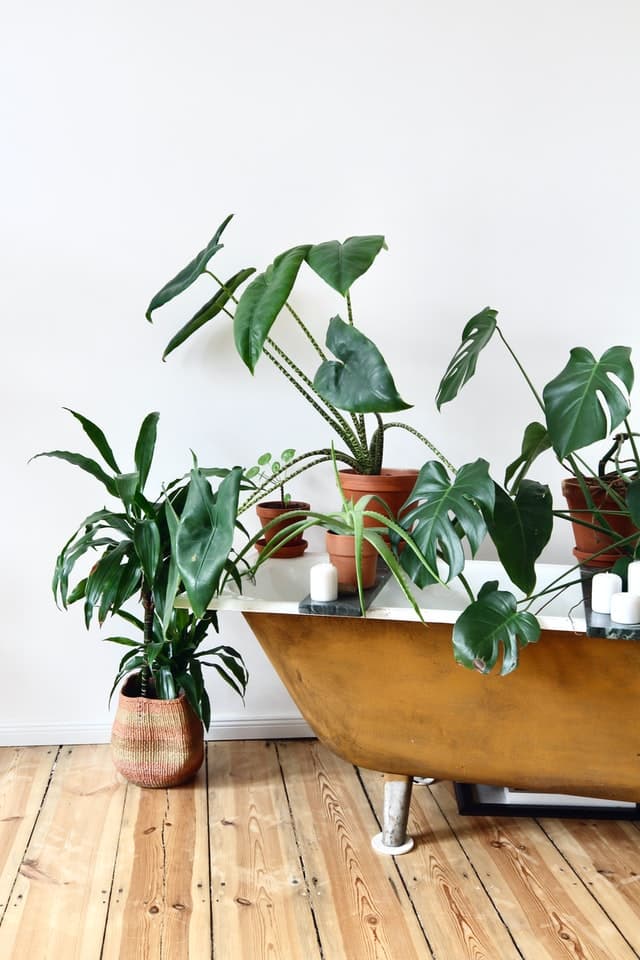
Source: Unsplash
Houseplants: Room Temperature Guide
When it comes to temperature, there are several factors to consider. First and foremost, houseplants thrive in regulated temperatures, therefore, they will bloom in the spring and summer when the indoor temperature does not fluctuate too much.
During the winter months, things tend to get more complicated. When the heat is turned on and off repeatedly, or when certain rooms get cold, it might cause some plants to struggle.
Are the humidity levels in your home good or bad for plants?
Be mindful of the fact that some plants require more moisture than others. Indoor spaces tend to be dry due to heating and air conditioning. Thus, keep plants away from air conditioning systems or heaters.
Should you be hoping to grow tropical houseplants, they will need to be sprayed with a bit of water to remain hydrated. Now, if that seems too high maintenance for you, you should really reconsider choosing this species of plant.
With this information in mind, ask a horticulturist or a florist what are the ideal indoor conditions for plants you might have your eye on. Also, it is never a bad idea to do a little bit of research beforehand to know what options are available to you.

Source: Harlowe James
A few of the most popular green plants according to various types of environments.
Houseplants that thrive in direct sunlight:
Crassulas;
Aloe vera (however, they can also manage in sombre areas);
Yuccas;
Hibiscus;
Senecio rowleyanus (String-of-pearls);
Birds of paradise;
Ficus.
Green plants that require moderate natural light:
Dracaena;
Cactus;
Dracaena trifasciata;
Philodendrons;
Monsteras deliciosa;
Zamioculcas;
Calatheas;
Spider plants (Chlorophytum comosum);
Beaucarneas;
Spathiphyllum;
Bromelias;
Ferns (Adiantum fragrans);
Palms;
Pilea peperomioides;
Anthuriums.
Houseplants for sombre rooms (low maintenance):
Zanzibar Gems;
Calatheas;
Bamboos;
Pothos.
Houseplants that thrive in humid spaces:
Monsteras;
Spider plants;
Chinese money plants;
Pothos;
Palms;
Anthuriums.
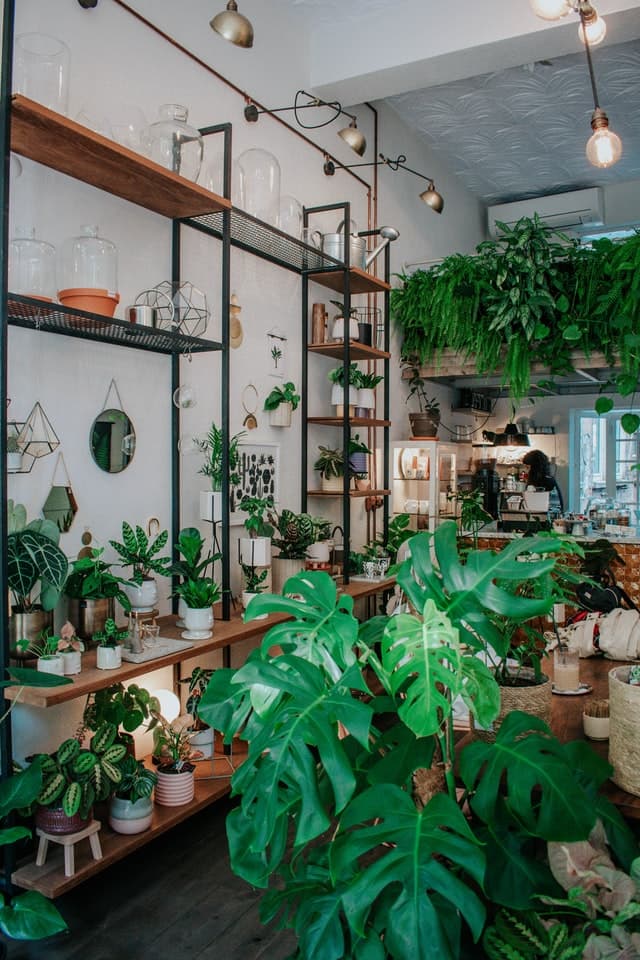
Must-Know Facts About Tropical Plants
It is quite obvious that tropical plants need a lot of heat, humidity, and sun to survive since these factors mimic a natural habitat. However, in some cases, these plants are much more fragile than one might think and they will have difficulty thriving in a dark and dry environment.
However, some species are much more resilient than others! By that, if the area in which you are planning on leaving your plants is not ideal, and does not fit the tropical environment in which they thrive, you can always inquire as to which plant would survive given the general environment.
Amount of Space Available for Houseplant Growth
The amount of space available within each room is a determining factor when choosing plants. Simply putting them here and there will not suffice, you need a concrete plan. Otherwise, you will not manage to create a harmonious and viable space for their growth.
Plants need space and simply putting them in between furniture or knick-knacks will block the air circulating near and around them.
You might also want to choose bigger plants if you have larger rooms or smaller species for restricted spaces. Note that some plants tend to gain volume as they grow; some can even be multiplied by rooting stem cuttings over time.
Are Houseplants Low Maintenance?
Some plants need daily pampering as others can be forgotten for a few days at a time, and will be devoid of problems. This is an important factor to consider since caring for a plant will become a long-term commitment. With every plant purchased, inquire about maintenance and really consider whether it is a realistic option for you.
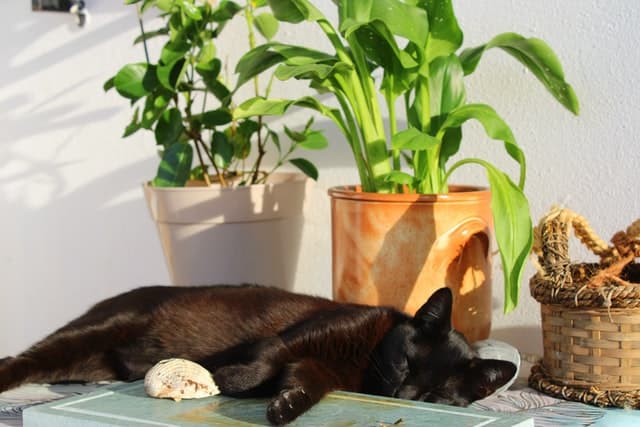
Which Plants Are Toxic to Pets?
If you are amongst the numerous people who are sharing their home, rent-free, with a cat, dog, or any other pet, you must know for sure which plant species are toxic to them.
Animals tend to munch on plant leaves or cozy up to plants. And, oftentimes, they will have to be taken to the veterinarian after having consumed a plant that is toxic to them.
Take a minute to really confirm that none of your plants are toxic to your furry friends. Here is a list of plants that are highly toxic for cats:
Ficus;
Snake plants;
Aloe vera;
Crotons;
Peace lilies;
Caladiums;
Yuccas.
And for dogs:
Spider plants;
Some cacti;
Aloe vera;
Peace lilies;
Philodendrons;
Avocado plants;
Citrus trees.
Note that the above-mentioned plants are not the sole toxic trees/plants to pets, they are simply the most commonly purchased and to be avoided at all costs. Make sure to always read to accompanying guidelines with every plant to know the contraindications, if any.
You can always purchase these plants and figure out a way to keep them out of reach to your pets, like placing them on higher shelves or in between obstacles. However, you will never be fully certain that they are really out of reach. It is quite the risk taken.
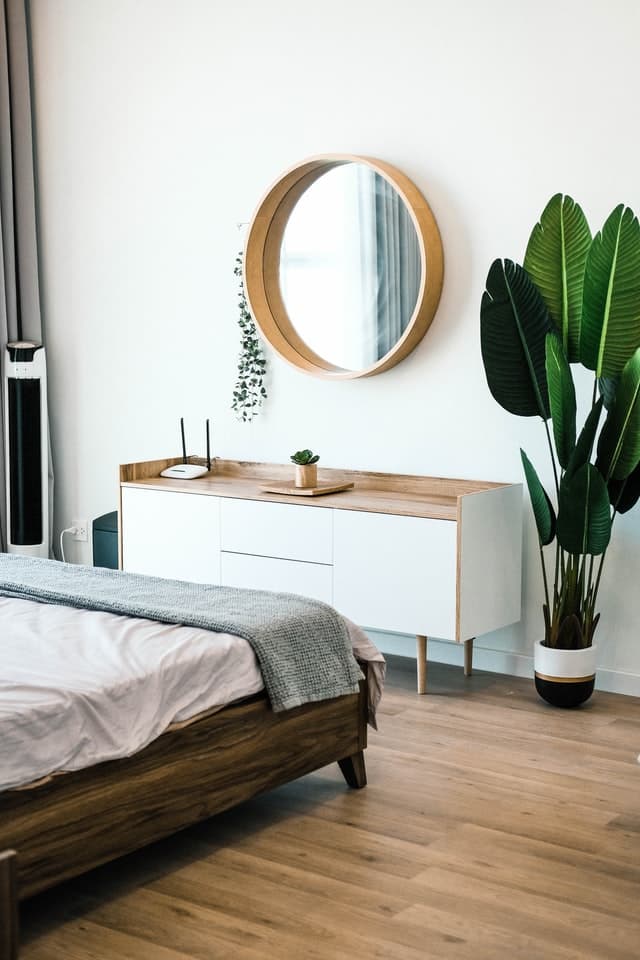
Best Green Plants for Bedrooms
Most people really enjoy having plants in their bedroom as it is a great way to take full advantage of their numerous benefits. Nothing tops sleeping in a cozy, full-of-life, and soothing space with naturally filtered air!
Plants to prioritize in a bedroom:
Lavender plants: Soothing smell and beneficial to sleep.
African Violets: Known for ridding the air of pollutants.
Sanseverias: Super low-maintenance.
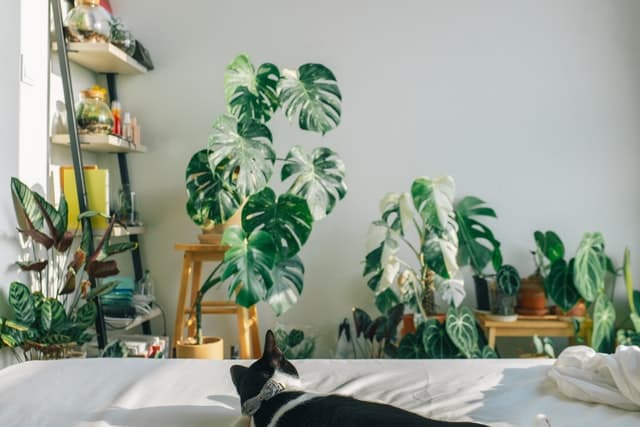
Houseplant Specialists: Who to Call When in Need?
Looking to add some interior greenery? There are plenty of experts to help you. It all depends on what you really need. It is always an option if you do not want to think about plant maintenance at all and prefer to delegate this task to someone else entirely!
In this case, you will need to hire a specialist, whether it be a florist who specializes in green plants, or a landscaping expert offering houseplant services. Landscape artists will most likely adapt to your needs and your budget in order to create a houseplant layout that is dream-worthy.
Otherwise, you can also head to a garden warehouse or directly to a florist to purchase what you want, all the while being properly guided.
Looking for houseplants to add a green touch to your interior decor? Yes, please! You can find them practically everywhere. At the grocery store, hardware store, some decoration stores, and most obviously, florists. In any case, it is highly recommended to seek out a specialist before purchasing your plants.
You will be wisely guided and are thus less likely to go wrong. Focus on garden centres and florists to purchase plants of any kind. The prices are pretty much the same, maybe a bit steeper, but the quality is guaranteed, as the plants are maintained and the cuttings are chosen depending on their individual qualities.
Overall, keep these facts in mind when choosing houseplants:
Note that you will need sufficient space should you want to have a large plant or a tree in any given room;
Allow 6 inches of space between plants and other decorative elements, like furniture;
Position your plants in areas where there is good airflow: near a window, on a table, on a hallway console table;
Should the room not have any windows, make sure that the plant can survive in such a condition.
Here are a couple of articles on plants and gardening that could be of interest:
Get 3 renovation quotes for your houseplant project
RenoQuotes.com can help you get quotes for your houseplant project. If you submit your project to us, we’ll put you in contact with top-rated contractors. Fill in the form on the homepage (it only takes a few minutes), and you will get estimates from trusted professionals.
Dial 1-844 828-1588 to speak with one of our customer service representatives.
Looking for something else?
Related articles
The latest industry news, interviews, technologies, and resources.

Karine Dutemple
•04 Nov 2025
Summer is just around the corner, and for many, that means it’s time to start working on landscaping. If you’ve been searching for inspiration for several years to design the perfect yard, this could be the year your dreams finally come true.
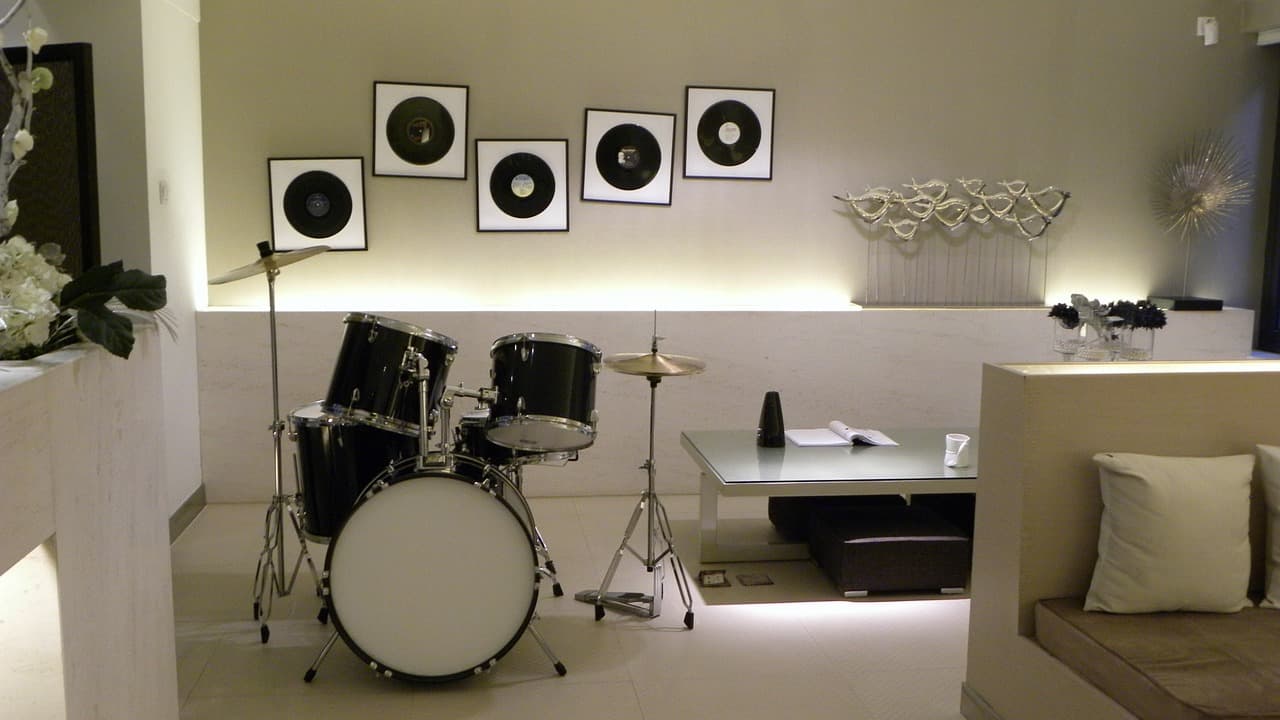
Editorial Team
•23 Jul 2025
The ideal refuge after a hard day's work, the basement is a room that we hope to be warm and welcoming. Of course, we want to avoid making this space feel cramped and lacking ventilation. Due to its location and lack of light that enters the room, creating a balanced atmosphere can be a challenge.

Editorial Team
•22 Sep 2025
Are you an HVAC contractor in Montreal looking for new contracts? The heating, ventilation, and air conditioning market continues to evolve rapidly in 2025, driven by building modernization, energy efficiency demands, and residential renovations. To stand out, you not only need to provide high-quality services but also know where and how to find the right projects.

Karine Dutemple
•07 Nov 2023
Do you have lots of energy to spare and are thinking about buying a house to flip it? Take a look at these few examples of flips to find ideas for this large-scale project!

Editorial Team
•20 Nov 2024
A staircase renovation project is essential to transforming not only the look of your foyer and interior but also its functionality and safety. A well-designed and renovated staircase is crucial to your home’s aesthetic appeal while adhering to mandatory safety standards.